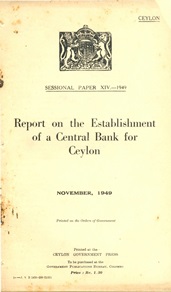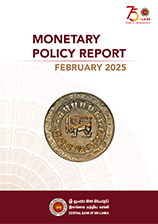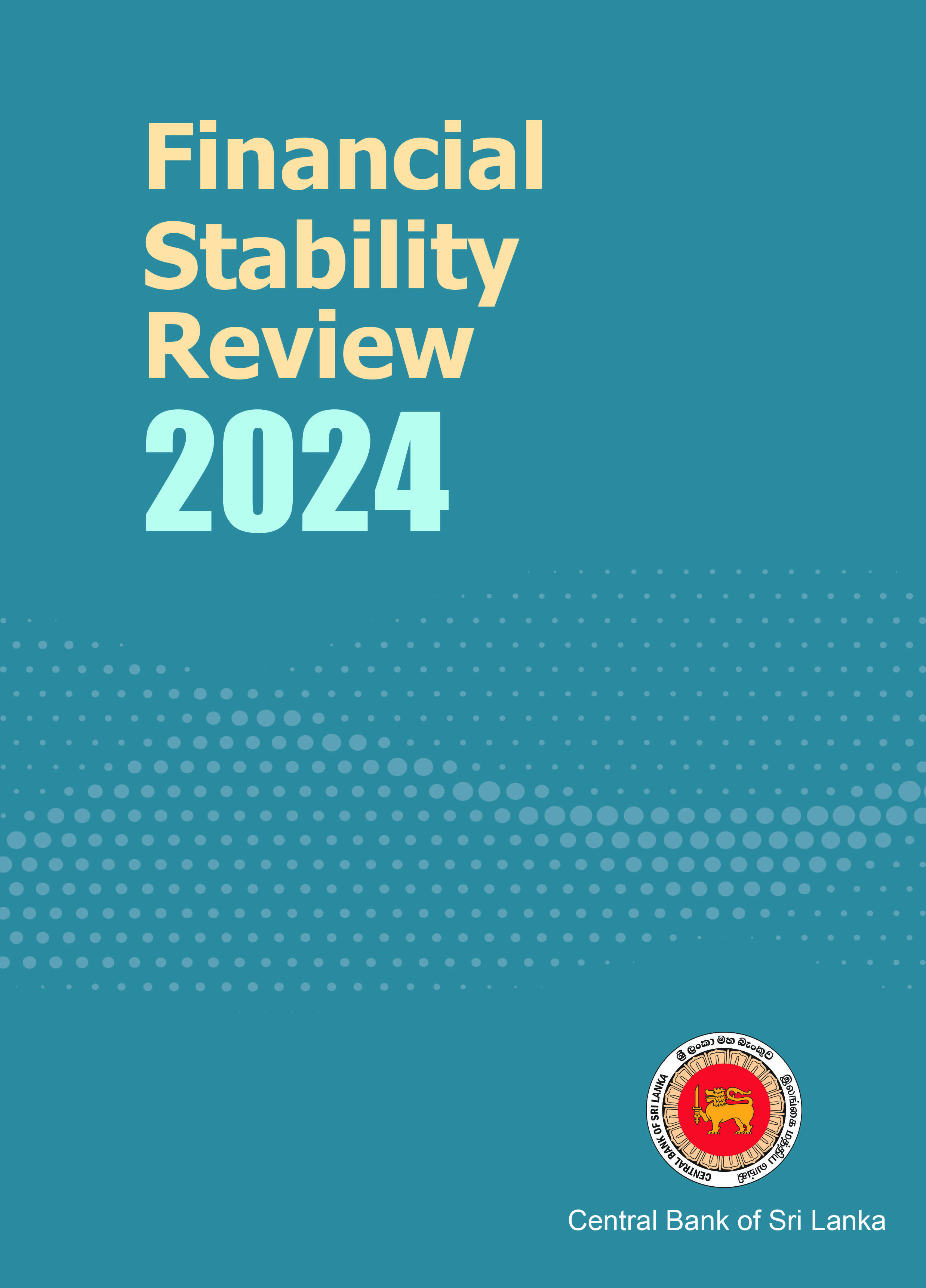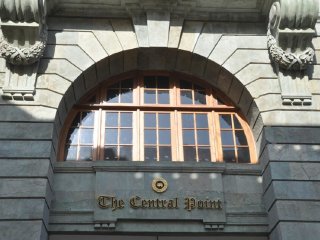Headline inflation as measured by the year-on-year (Y-o-Y) change in the National Consumer Price Index (NCPI, 2013=100) decreased to 7.0 per cent in March 2020 from 8.1 per cent in February 2020. This was driven by monthly decrease of prices of the items in the Food category. Accordingly, Food inflation (Y-o-Y) declined to 14.1 per cent in March 2020 from 16.3 per cent in February 2020. Meanwhile, Non-food inflation (Y-o-Y) recorded at 1.8 per cent in March 2020.
-
NCPI based Inflation decreased in March 2020
-
Remittance of Funds to Sri Lankans Abroad to Pursue Studies and on Short Term Visits, to Meet Their Expenses
The Central Bank of Sri Lanka (CBSL) is aware that some Sri Lankans who have gone abroad, for short visits for leisure and holidays, meet relatives and friends, pilgrimage, business purposes, training, seminars and conferences, medical treatments, sports, recreational and cultural activities, etc., and on student or equivalent visas, are stranded abroad amidst the prevailing global pandemic situation and that their families in Sri Lanka are keen to send money to meet living expenses/up keep of such persons in overseas. In this regard, CBSL wishes to make the following clarifications.
-
Sri Lanka Purchasing Managers’ Index - March 2020
Manufacturing activities significantly contracted due to adverse impacts of the COVID-19 pandemic. PMI recorded the all-time low index value of 30.0 in March 2020 with a decline of 23.6 index points from February 2020. The decline of manufacturing PMI was mainly driven by the significant contraction of Production and New Orders sub-indices of PMI reflecting the significance of the COVID-19 pandemic to Sri Lankan manufacturing sector.
-
The Central Bank of Sri Lanka Reduces the Bank Rate
The Monetary Board of the Central Bank of Sri Lanka, at its meeting held on 15 April 2020, having observed the cumulative reduction of the key policy interest rates of the Central Bank, namely the Standing Deposit Facility Rate (SDFR) and the Standing Lending Facility Rate (SLFR), by 200 basis points each since 31 May 2019, decided to allow the Bank Rate to automatically adjust in line with the SLFR, with a margin of +300 basis points.
-
Measures taken by the Central Bank of Sri Lanka to Provide Flexibility to Non-Bank Financial Institutions (NBFIs) to Support Businesses and Individuals Affected by the Outbreak of Coronavirus
The Monetary Board of the Central Bank of Sri Lanka (CBSL) decided to introduce number of measures to provide flexibility to NBFIs namely Licensed Finance Companies (LFCs) and Specialised Leasing Companies (SLCs) facilitating them to support businesses and individuals affected by the outbreak of COVID-19. These measures include relaxation of regulatory requirements and granting liquidity support for needy LFCs.
-
Introducing a Special Deposit Account to Support the National Effort to Manage the Challenges Faced due to COVID-19 Outbreak
The Government of Sri Lanka in consultation with the Monetary Board of the Central Bank of Sri Lanka (CBSL) has introduced a Special Deposit Account (SDA) with the view to seek assistance for the national effort to overcome the effects of COVID-19 outbreak in the country.
-
The Government and the Central Bank of Sri Lanka Introduce Further Measures to Preserve the Foreign Currency Reserve Position of Sri Lanka
With the view of preserving the foreign currency reserve position of the country, minimizing the existing pressure on the exchange rate and considering the possible negative impact to the Sri Lankan economy due to the outbreak of Covid-19 pandemic, the Hon. Minister of Finance, Economic and Policy Developments with the recommendation of the Monetary Board of the Central Bank of Sri Lanka (CBSL) and the approval of the Cabinet of Ministers has issued an Order imposing the following measures on outward remittances on Capital Transactions for a period of three (03) months.
-
The Central Bank of Sri Lanka Further Reduces Policy Interest Rates
The Monetary Board of the Central Bank of Sri Lanka, on 03 April 2020, decided to reduce the Standing Deposit Facility Rate (SDFR) and the Standing Lending Facility Rate (SLFR) of the Central Bank by 25 basis points to 6.00 per cent and 7.00 per cent, respectively, effective from the close of business on 03 April 2020. This decision will complement the measures taken thus far to ease market conditions, and enable the domestic financial market to provide further relief to businesses and individuals affected by the outbreak of the COVID-19 pandemic and restrictions placed to contain its spread within the country.
-
Central Bank of Sri Lanka Decides to Establish a Rupees 50 Billion, Six Month Re-Financing Facility and Issues Instructions to Financial Institutions to Support Covid-19 Hit Businesses and Individuals
The Central Bank of Sri Lanka (CBSL) has decided to set up a Re-financing Facility to implement the decisions taken by the Cabinet of Ministers on 20.03.2020 to introduce a wide range of concessions including a debt moratorium (capital and interest) and a working capital loan for COVID-19 hit businesses and individuals. Licensed commercial banks, licensed specialised banks, licensed finance companies and specialised leasing companies (Financial Institutions) are eligible to participate in this Re-financing Facility commencing 25.03.2020 and offer the concessions announced.
-
Inflation decreased in March 2020
Headline inflation as measured by the year-on-year (Y-o-Y) change in the Colombo Consumer Price Index (CCPI, 2013=100)1 declined to 5.4 per cent in March 2020 from 6.2 per cent in February 2020. This was due to the decline in the prices of items in the Food category. Accordingly, Food inflation (Y-o-Y) declined to 12.8 per cent in March 2020 from 14.7 per cent in February 2020, while Non-food inflation (Y-o-Y) recorded at 2.5 per cent in March 2020.










